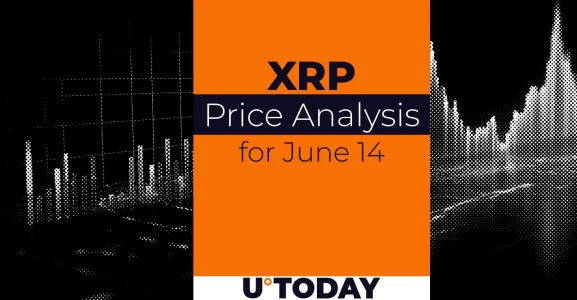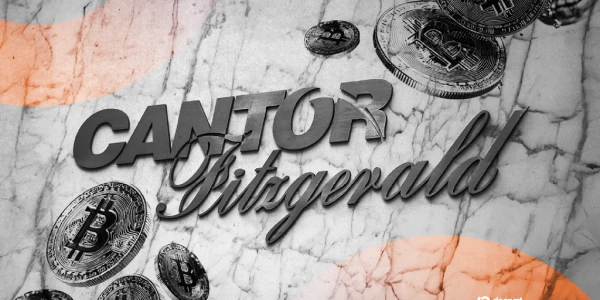
Riding the Bitcoin Surge: Analyzing the 656% Surge and the Potential for History to Repeat
This historical trend suggests demand growth keeping pace[...]
Bitcoin's Remarkable Resilience: How the Crypto Giant Defies Market Expectations
Consistent Growth Across Market Cycles
Bitcoin continues to demonstrate its staying power, with current cycle gains mirroring historical performance despite its massive market capitalization growth. Glassnode data reveals the cryptocurrency has achieved 656% gains in the current cycle (2022-present), compared to 1,076% (2015-2018) and 1,007% (2018-2022). This consistency is particularly noteworthy given Bitcoin's $2.08 trillion market cap - a stark contrast to its early days when market caps measured in mere millions.
This performance suggests Bitcoin is successfully transitioning from a speculative asset to a mature investment class while maintaining impressive returns. The sustained demand growth indicates institutional and retail investors alike continue viewing Bitcoin as a viable store of value and hedge against inflation.
The Changing Face of Bitcoin Ownership
The current market cycle reveals a significant shift in Bitcoin's holder composition. Unlike previous cycles where long-term holders (LTHs) would typically liquidate positions during price surges, we're now seeing:
- Increased LTH spending volumes being offset by even greater coin maturation
- More "sticky" LTH wealth that remains in cold storage
- Stronger institutional participation through ETFs and custody solutions
This structural change mirrors patterns seen in traditional markets, where blue-chip assets maintain stable long-term ownership bases. The U.S. Spot Bitcoin ETFs alone now hold over 800,000 BTC, creating a substantial anchor for the market.
Global Context and Market Comparisons
Bitcoin's performance stands in contrast to many traditional assets. While the S&P 500 has delivered about 25% annualized returns during the same period, Bitcoin's risk-adjusted returns remain compelling. Compared to other cryptocurrencies, Bitcoin continues to dominate with a 52% market share, demonstrating its position as the reserve asset of crypto markets.
Internationally, we see similar holder patterns emerging in markets with Bitcoin ETF access (Canada, Europe) versus those without, suggesting regulatory approval significantly impacts market structure.
Navigating the Current Price Landscape
The $100,000 level has emerged as a critical psychological support, with Bitcoin maintaining this threshold despite recent volatility. Key levels to watch include:
- Resistance: $115,400 as the next major test in price discovery
- Support: $97,600 (short-term holder cost basis) and $92,900-$95,400 range
- Safety Net: $81,700 as potential lower bound in bull market conditions
For investors, this suggests opportunities to dollar-cost average at support levels while being mindful of resistance points. The evolving market structure means pullbacks may be shallower than in previous cycles, but also that breakouts could face stronger resistance from profit-taking.
What This Means for Different Market Participants
Retail Investors: The stickier supply suggests less extreme volatility, making Bitcoin more accessible for long-term portfolios.
Institutions: The maturing market structure provides more confidence for larger allocations, though liquidity considerations remain important.
Traders: While volatility persists, the clearer support/resistance levels create more defined risk parameters.
As Bitcoin continues its maturation journey, its ability to maintain historical return patterns while attracting institutional capital represents a unique convergence in financial markets - one that bears watching as digital assets become increasingly mainstream.
Most Viewed News








